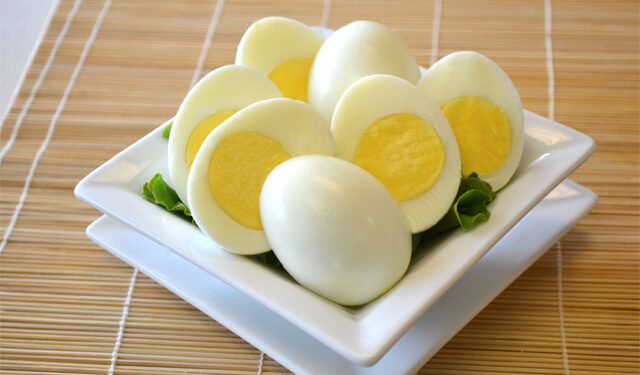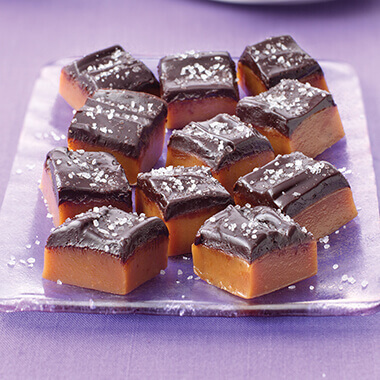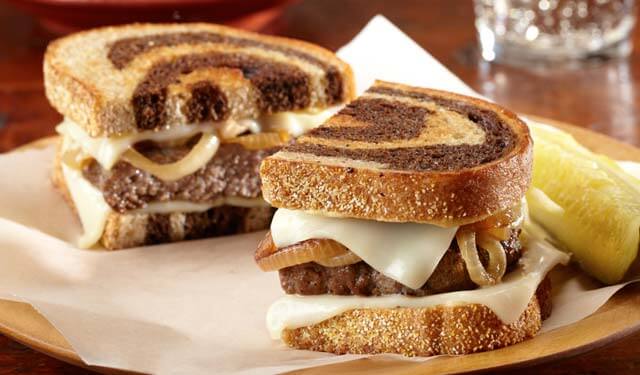
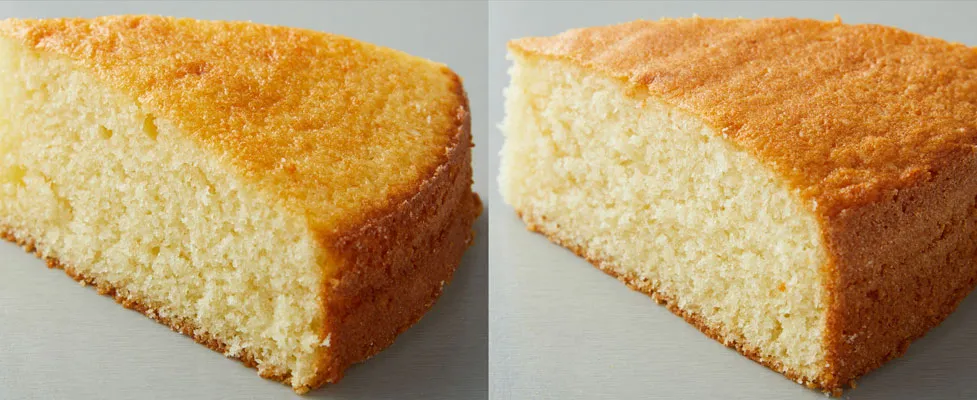
Butter vs. Shortening in Baking
Not all fats are created equal when it comes to baking. Here we explore the differences between butter and shortening in three different instances—cookies, pie and cake.
 by
Land O'Lakes Test Kitchen
by
Land O'Lakes Test Kitchen
 by
Land O'Lakes Test Kitchen
by
Land O'Lakes Test Kitchen
Can I substitute butter for shortening (or vice versa) in a recipe?
The short answer is yes, butter and shortening can be used interchangeably in baked goods as one-to-one swap. However, results may differ depending on fat used because butter and shortening are two very different ingredients.
Butter contains 80% butterfat and about 20% (naturally occurring) water. Shortening is 100% hydrogenated vegetable oil and contains no water. There will be a slight difference in how baked goods turn out depending on whether butter or shortening is used. Shortening traps more air bubbles and has a higher melting point than butter, so recipes using shortening tend to produce baked goods with more lift and that hold their shape during baking. Interior texture will also be softer and lighter.
Does substituting butter for shortening impact flavor?
There is little argument that cookies and cakes taste better when made with butter. Shortening, made from hydrogenated vegetable oil, offers no flavor. Why, then, would a recipe call for shortening? Remember that shortening can make baked goods rise higher and be more light and airy, which depending on final product may be preferred. Our team at Land O’Lakes usually chooses to use butter in our recipes, largely because butter provides that amazing rich dairy-based flavor.
To learn more, we tested a few classic recipes for cookies, pies and cakes, with the only difference being whether butter or shortening was used. For images below, note that the top photo is made using butter and the bottom photo shortening.
Cookies Made with Butter vs Shortening
Cookies provide a solid example of the differences in using butter or shortening in a recipe. Cookies made with only butter may spread a bit more, have crisper edges and taste rich and buttery. Those made with only shortening bake higher and spread less during baking.
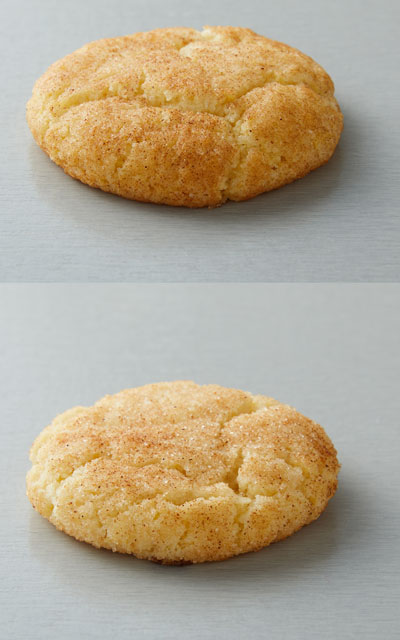
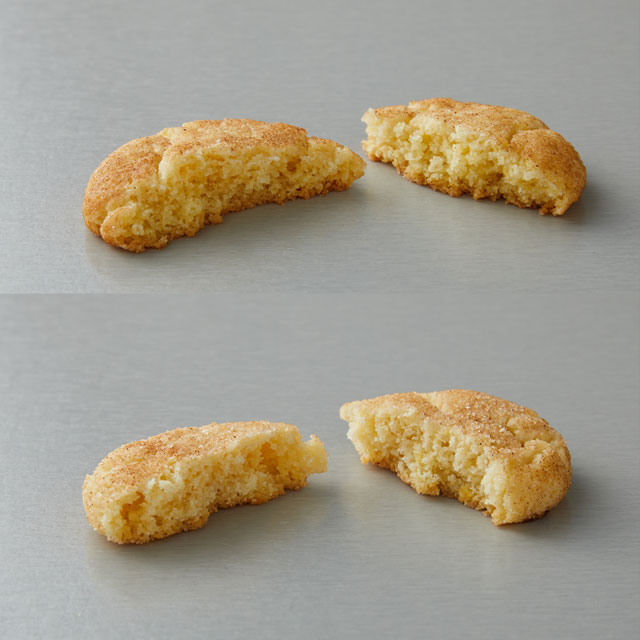
The butter cookie provides better flavor and a crispier exterior with browning around edges and a chewy interior; the shortening cookie spreads less, holding its shape better while baking.
Pie Crust Made with Butter vs Shortening
What makes the best pie crust–butter or shortening? Butter of course!
A pie crust’s flakiness is created by steam produced from the water (remember, butter is 20% water) while it bakes. As well, butter lends a rich flavor to your finished pie crust.
As shortening is 100% vegetable oil, it has a higher melting point than butter, so stays solid longer when baking. When the shortening does finally melt, steam forms in pockets and puffs the layers of dough apart, making a slightly flaky and less flavorful crust.
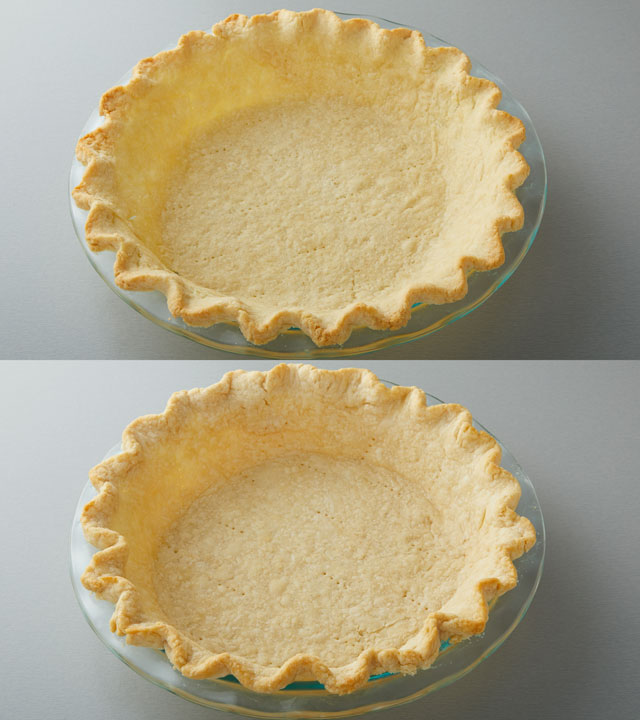
Cake Made with Butter vs Shortening
With cakes, taste is the obvious difference when butter is used instead of shortening. Because making cake batter calls for creaming butter and sugar (check out How to Cream Butter and Sugar for more on that), cakes made with butter will be as light and tender as those made with shortening. For best results, start with room temperature butter (65°F); if it's any warmer, it will not cream properly. You want a light and airy batter, which should take 4 to 5 minutes to achieve.
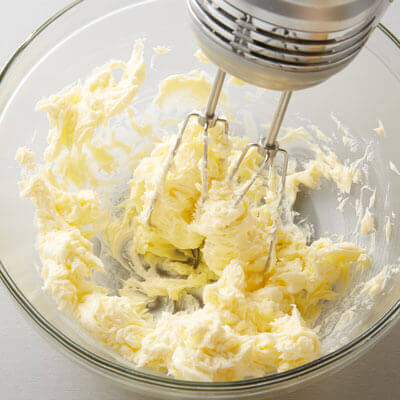
Here you'll find two yellow cakes, one made with butter and one with shortening. You will see slight differences in volume and color, but the butter flavor wins hearts in our test kitchens.
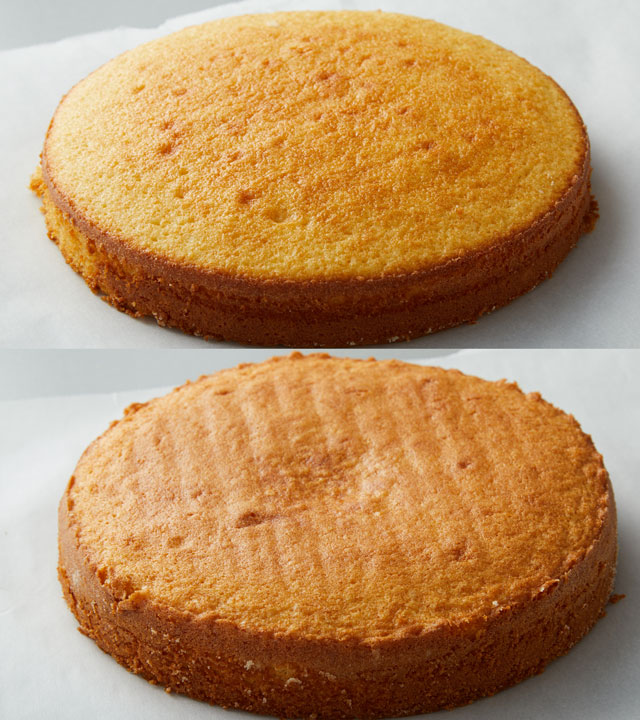
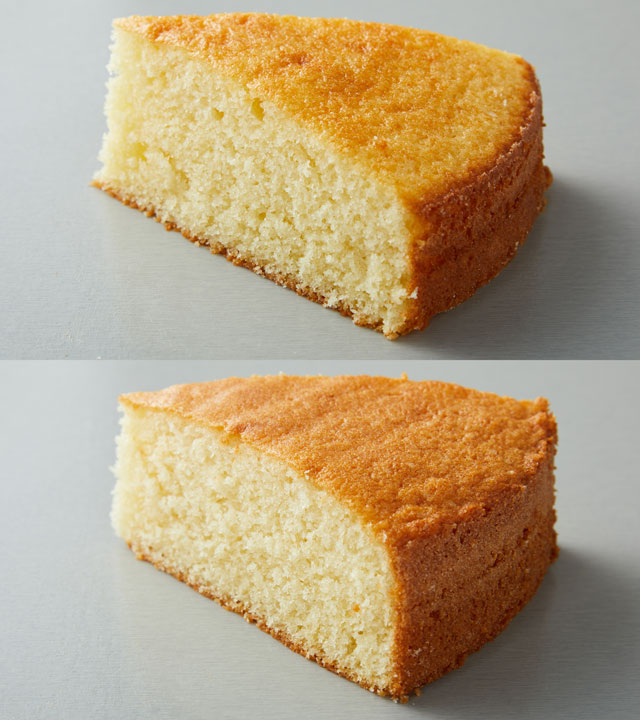
Share Your Thoughts
Did you find this article helpful? Has it inspired you? What else would you like to know?


